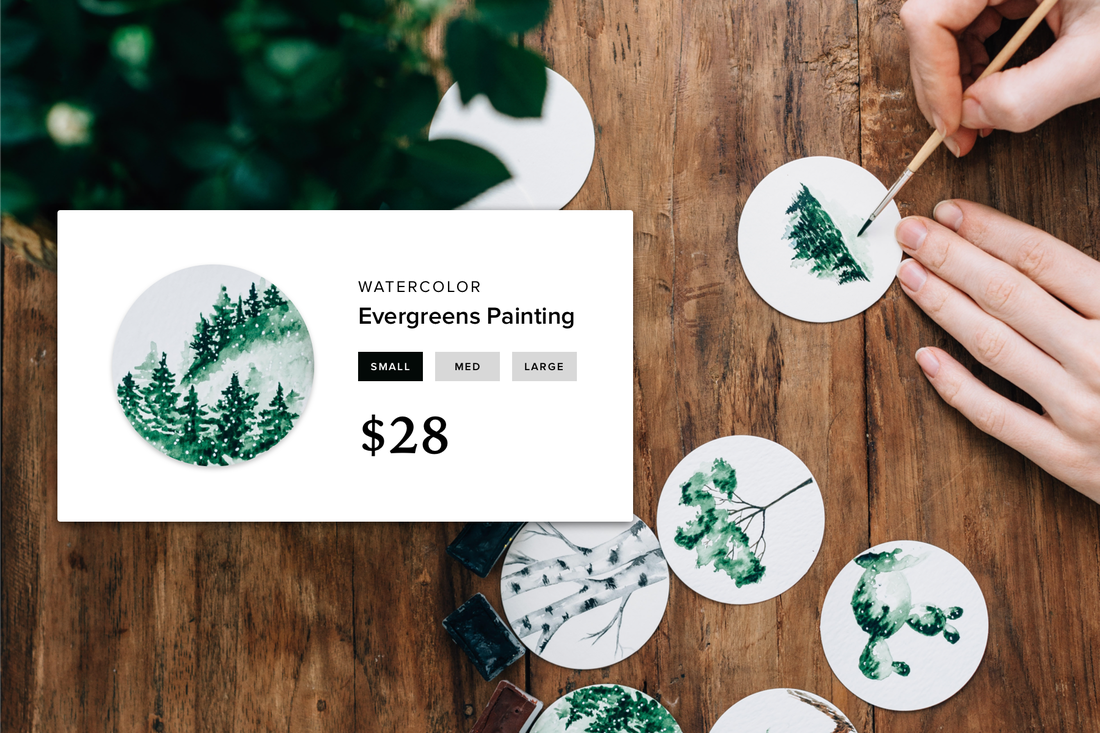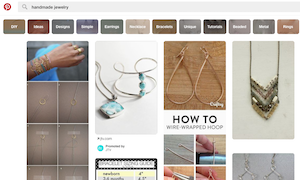While email marketing is still king when it comes to boosting sales, social media marketing is still lucrative for eCommerce entrepreneurs who practice it well.
The proof is in the numbers. For example, of the more than 22,000 online shoppers PricewaterhouseCoopers (PwC) surveyed in Sept. of 2015, 45% said that reading reviews, comments and feedback on social media influenced their digital shopping behavior. Your collection of social media accounts is, like it or not, a sales channel to either be cultivated or ignored. Here are five ways to make the most of it:
1. Conduct a Sales Contest
Write a blog article in which you declare a contest between five of your newest products. Ask readers to post their favorite to social media; the one that gets the most "votes" via social posts goes on sale. Use your social accounts to reply or otherwise acknowledge every post so that customers know you're tuned in. Finally, to maximize exposure, keep a steady stream of new social posts advertising your blog article in the queue for the duration of the contest.
2. Follow Your Followers
Customers and prospects will be more likely to buy when they're engaged. Follow back when they follow you on social media. Reply to them. Say hello. Thank them if they've recommended a product of yours. The more they see you, the more they'll want to do business. WIFIPLUG offers a good example of this ethic, not only responding to its users on Twitter but also providing a smorgasbord of tips for controlling and optimizing the device, which uses standard Wi-Fi to control appliances in your home and optimize energy usage.
3. Try Flash Sales.
Take a product that isn't selling well at the moment and start a quick, six-hour flash campaign with a coupon code that's only made available via your social channels. Post 2-3 times to make sure the widest group of followers sees the sale and then wait for the final hour to promote the coming end to the deal. RawWood Shades does this occasionally, and will use more than one network to get its message across. For example, in August, the company teamed with Green Purpose to give new customers 15% off on their orders. Promo codes were made available on Instagram and Twitter.
4. Trade Offers for Promotion
Consider offering customers who post about your products on a social site a small discount code for purchase within 24-48 hours. Yes, it's a boring, timeless strategy. It also works.
5. Find a Partner
Surely there are eCommerce businesses similar to your own. Partner with them to cross-promote your products at each other's stores and on social media. Come up with joint deals you can tweet or post to Facebook or Instagram. Follow each other's fans and then, when appropriate, market to them. You'll have expanded your reach without spending any extra to promote your products. Here, too, WIFIPLUG has some lessons to offer. The company recently highlighted product integration that brings the device to Amazon.com's Alexa. Notice how both partners get high billing in that photo tweet.
Social media won't work in every situation, of course. Clever theatrics are no substitute for having great products and shareable content. But once you've got a rich blog and an optimized eCommerce store, spending time promoting your wares on Facebook, Instagram and Twitter can pay off nicely—especially this time of year, when millions are gearing up for yet another holiday shopping season.
1. Conduct a Sales Contest
Write a blog article in which you declare a contest between five of your newest products. Ask readers to post their favorite to social media; the one that gets the most "votes" via social posts goes on sale. Use your social accounts to reply or otherwise acknowledge every post so that customers know you're tuned in. Finally, to maximize exposure, keep a steady stream of new social posts advertising your blog article in the queue for the duration of the contest.
2. Follow Your Followers
Customers and prospects will be more likely to buy when they're engaged. Follow back when they follow you on social media. Reply to them. Say hello. Thank them if they've recommended a product of yours. The more they see you, the more they'll want to do business. WIFIPLUG offers a good example of this ethic, not only responding to its users on Twitter but also providing a smorgasbord of tips for controlling and optimizing the device, which uses standard Wi-Fi to control appliances in your home and optimize energy usage.
3. Try Flash Sales.
Take a product that isn't selling well at the moment and start a quick, six-hour flash campaign with a coupon code that's only made available via your social channels. Post 2-3 times to make sure the widest group of followers sees the sale and then wait for the final hour to promote the coming end to the deal. RawWood Shades does this occasionally, and will use more than one network to get its message across. For example, in August, the company teamed with Green Purpose to give new customers 15% off on their orders. Promo codes were made available on Instagram and Twitter.
4. Trade Offers for Promotion
Consider offering customers who post about your products on a social site a small discount code for purchase within 24-48 hours. Yes, it's a boring, timeless strategy. It also works.
5. Find a Partner
Surely there are eCommerce businesses similar to your own. Partner with them to cross-promote your products at each other's stores and on social media. Come up with joint deals you can tweet or post to Facebook or Instagram. Follow each other's fans and then, when appropriate, market to them. You'll have expanded your reach without spending any extra to promote your products. Here, too, WIFIPLUG has some lessons to offer. The company recently highlighted product integration that brings the device to Amazon.com's Alexa. Notice how both partners get high billing in that photo tweet.
Social media won't work in every situation, of course. Clever theatrics are no substitute for having great products and shareable content. But once you've got a rich blog and an optimized eCommerce store, spending time promoting your wares on Facebook, Instagram and Twitter can pay off nicely—especially this time of year, when millions are gearing up for yet another holiday shopping season.
 Tim Beyers Tim is a freelance business writer. He writes about the business of innovation, comics and genre entertainment on The Full Bleed.
Tim Beyers Tim is a freelance business writer. He writes about the business of innovation, comics and genre entertainment on The Full Bleed.





